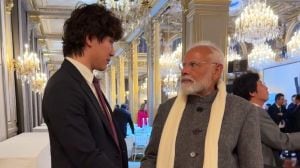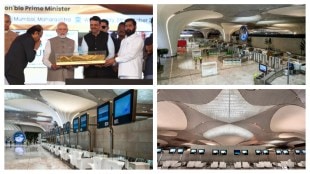1. Source Code
Bill Gates
Penguin Random House
Pp 320, Rs 1,499
Source Code describes Bill Gates’ life from his childhood in Seattle to dropping out of Harvard aged 20 in 1975. Shortly afterwards he wrote, with Paul Allen, the programme which became the foundation of Microsoft and eventually for the software industry. Gates writes about the centrality of family to his life—his encouraging grandmother and ambitious parents, his rebelliousness, and the impact on him of the death of his closest friend.
2. Nehru’s Bandung
Andrea Benvenuti
Speaking Tiger
Pp 384, Rs 750
This book sheds light on a neglected aspect of India’s Cold War diplomacy, starting with the role of then PM Jawaharlal Nehru and his government in organising the first Asian-African Conference in Bandung in April 1955. Andrea Benvenuti shows how, in the early Cold War, Nehru seized the opportunity accorded by the conference to transcend growing international tensions and pursue an alternative vision—a neutralised Asian ‘area of peace’.
3. Tested
HarperCollins
Pp 288, Rs 499
Australian Test captain Pat Cummins presents an exploration of the place where challenge, crisis and opportunity meet, and how it’s only in the moments when we are tested that we discover what we are made of. From a charity leader to Australia’s first female PM, a Test cricket great to a ground-breaking scientist, an indigenous leader to a bestselling author and podcaster, Pat interviews 11 extraordinary people.
4. The Comeback
Annie Zaidi
Aleph Book Company
Pp 192, Rs 599
Riding high on the success of his first major film, actor John K lets his ego get the better of him and says too much in a fateful interview. The fallout shatters the life of his college friend, Asghar Abbasi. Disgraced, unemployed, his marriage in jeopardy, Asghar’s stable middle-class life is thrust into crisis. Broken but unbowed, Asghar retreats to his hometown, Baansa, where he rediscovers his true calling—the stage.
5. The Wanderer
V Shinilal
Westland Books
Pp 296, Rs 599
V Shinilal’s award-winning novel, The Wanderer, talks about reservation, farmer suicides and other burning issues. The themes of caste, class and gender are depicted through different characters as well as the structure of the train. Karamchand’s statement, ‘a train is a small biopsy section of India’ perfectly sums up this very novel. Landmarks in history —the construction of railways in India by the British, the 1857 mutiny, the Chauri Chaura incident, the Godhra riots—find mention in the novel.









